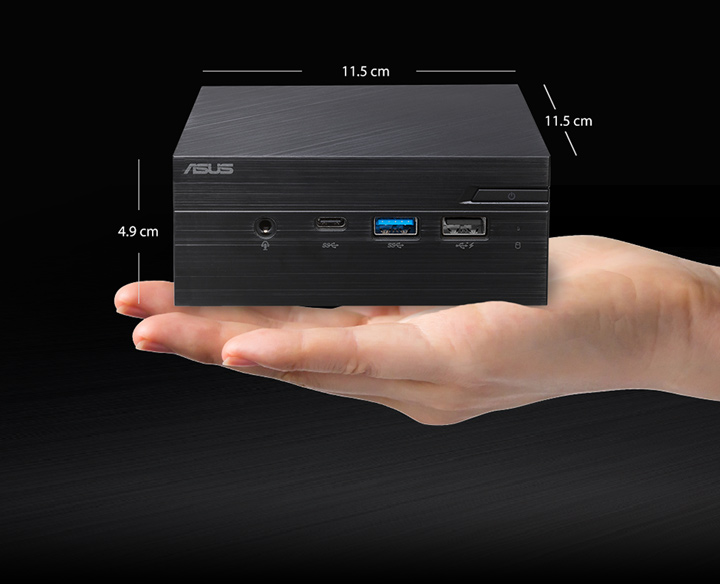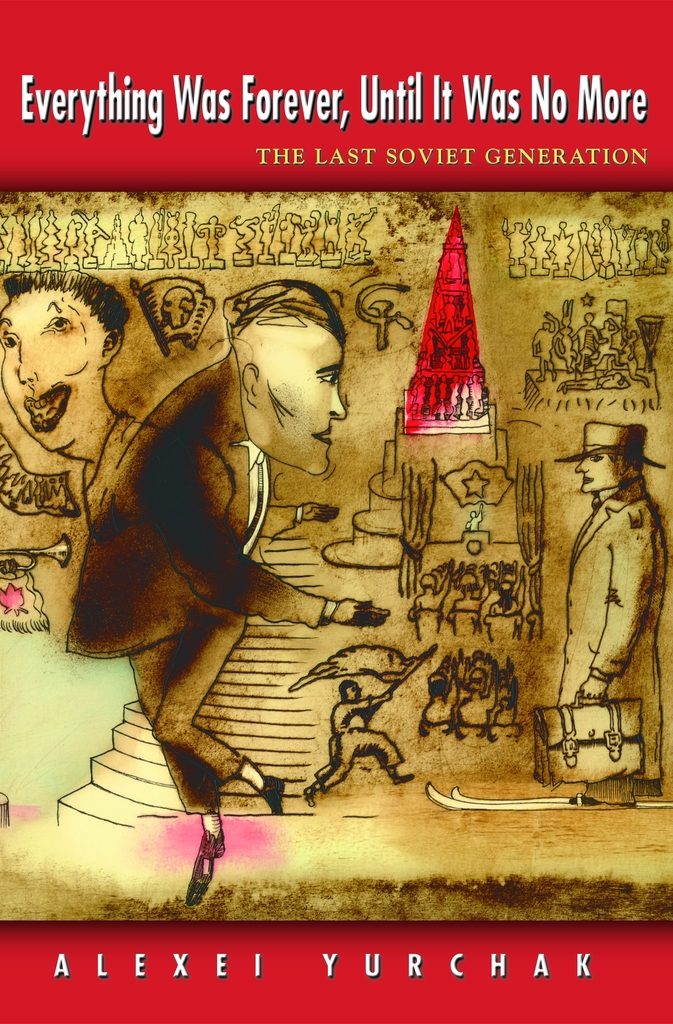
John Patrick Leary seemed to be all over the place in his discussion of DIY (Do It Yourself). To begin with, it was public housing authorities abandoning tenants by asking them to fix up their rental accommodation. Then it was about males fixing up owner occupied accommodation in the suburbs. The last stop was the publication of second or third class books and magazines, with the London punk zine Sniffin’ Glue, and the Whole Earth Catalog, being named specifically.
Not everything DIY needs to involve a large percentage of one’s annual income, or available time. Sometimes, it can just involve a small fraction of it. My latest micro DIY project involved adapting a barebone computer, an Asus PN40, so that it met our specific needs as a media player.
The computing world is filled with myths, and the choice of Asus as my computer supplier of choice is based in part on myth. If anyone asks, I will tell them that I buy Asus not so much because of its price or design, but its superior engineering. A nice thing to say, but just a convenient half truth.
Asus was founded in Taipei, Taiwan in April 1989 by T.H. Tung (1960 – ), Ted Hsu, Wayne Hsieh and M.T. Liao. All four had worked at Acer as hardware engineers. Taiwan had not yet established itself as a leading position in the computer-hardware business, so Intel would supply new processors to more established companies like IBM first, and Taiwanese companies would have to wait for approximately six months more to receive their engineering prototypes. According to the legend, Asus created a motherboard prototype for an Intel 486, without access to the actual processor. When Asus approached Intel to request a processor to test it, Intel itself had a problem with its own 486 motherboard. Asus solved Intel’s problem. Asus’ own motherboard worked correctly without any further modification. Since then, Asus has received Intel engineering samples ahead of its competitors.
Asus has had its share of engineering challenges. Our first media player, an Asus EEE-box had over-heating issues. After several years, this machine was replaced with an Asus Tinker board, often referred to as a Raspberry Pi clone. This machine also has a couple of design flaws. Its micro USB connector was not designed for the power requirements of the board, a characteristic that can initiate a reboot cycle. The HDMI-CEC interface just doesn’t work. Consumer Electronics Control (CEC) is a feature of HDMI designed to allow users to command and control devices connected through HDMI, by a single remote control. These two issues were fixed in a newer version, Tinker Board S. Such a board was purchased as a replacement, but never installed. These boards will be redeployed as room controllers, in a house automation system.
A barebone Asus PN40 was purchased as a media player. For some milliseconds, two other machines were considered, an ASRock Beebox and a Gigabyte Brix. While 8 Beeboxes were purchased for a workshop in Straumen, and while I have talked for years about buying a Brix, when the opportunity finally came, I opted for my standard solution, Asus.
Activity
You may want to consider buying a barebones computer using a Linux operating system, and LibreOffice, rather than one featuring Microsoft Windows and Office, or one made by Apple. The cheapest way to get started is to acquire a Raspberry Pi. Suggestions of how to get started can be found here: https://www.raspberrypi.org/
Nøkkelord 018 Gjør det selv
John Patrick Leary syntes å være over alt i diskusjonen om gjør det selv. Til å begynne med var det de offentlige boligmyndigheter som overlatt reparasjoner til sine leietakere. Så var det om menn som forbedret sine eier-okkupert hus i forstedene. Det siste stoppet var utgivelsen av andre eller tredje klasse bøker og magasiner, med London punk zine Sniffin’ Glue, og Whole Earth Catalog, nevnt.
Ikke alle gjør det selv prosjekter trenger å involvere en stor prosentandel av ens årsinntekt, eller tilgjengelig tid. Noen ganger kan det bare innebære en brøkdel. Mitt nyeste mikro-DIY-prosjekt involverte å tilpasse en barebone-datamaskin, en Asus PN40, slik at den kunne imøttekomme våre spesifikke behov som mediespiller.
Dataverdenen er fylt med myter, og valget av Asus som min leverandør av datamaskiner er delvis basert på myte. Hvis noen spør, vil jeg fortelle dem at jeg kjøper Asus ikke så mye på grunn av prisen eller design, men på grunn av overlegen teknologi. En fin ting å si, men bare en halv-sannhet.
Asus ble grunnlagt i Taipei, Taiwan i april 1989 av T.H. Tung (1960 -), Ted Hsu, Wayne Hsieh og M.T. Liao. Alle fire hadde jobbet hos Acer som maskinvareingeniører. Taiwan hadde ennå ikke etablert seg som ledende innen maskinvarevirksomheten, slik at Intel ville levere nye prosessorer til mer etablerte selskaper som IBM først, og taiwanske selskaper måtte vente i omtrent seks måneder til å motta sine tekniske prototyper. Ifølge legenden skapte Asus et hovedkortprototype for en Intel 486, uten tilgang til den faktiske prosessoren. Da Asus nærmet seg Intel til å be om en prosessor for å teste den, hadde Intel selv et problem med sitt eget 486 hovedkort. Asus løste Intels problem. Asus’ eget hovedkort fungerte riktig uten ytterligere modifikasjoner. Siden da har Asus mottatt Intel ingeniørprøver foran sine konkurrenter.
Asus har hatt sin andel av tekniske utfordringer. Vår første mediespiller, en Asus EEE-boks, hadde overopphetingsproblemer. Etter flere år ble denne maskinen erstattet med et Asus Tinker-board, ofte referert til som en Raspberry Pi-klon. Denne maskinen har også et par designfeil. Micro USB-kontakten ble ikke designet for maskinens spenningsbehov, en egenskap som kan starte en omstartssyklus. HDMI-CEC-grensesnittet virker bare ikke. Consumer Electronics Control (CEC) er en funksjon i HDMI designet for å tillate brukere å styre og kontrollere enheter koblet via HDMI, med en enkelt fjernkontroll. Disse to problemene ble løst i en nyere versjon, Tinker Board S. Et slikt enhet var kjøpt som en erstatning, men aldri installert. Disse enhetsdatamaskiner vil bli omfordelt som romkontrollere, i et husautomatiseringssystem.
En barebone Asus PN40 ble kjøpt som en mediespiller. I noen millisekunder ble to andre maskiner vurdert, en ASRock Beebox og en Gigabyte Brix. Mens 8 Beeboxer ble kjøpt for et verksted i Straumen, og mens jeg har snakket i årevis om å kjøpe en Brix, da muligheten endelig kom, valgte jeg min standardløsning, Asus.
Aktivitet
Du vil kanskje vurdere å kjøpe en datamaskin som støtter Linux-operativsystem, og LibreOffice, i stedet for en med Microsoft Windows og Office, eller en produsert av Apple. Den billigste måte å komme i gang med slike datamaskiner, er å kjøpe en Raspberry Pi. Forslag om hvordan komme i gang finnes her: https://www.raspberrypi.org/


